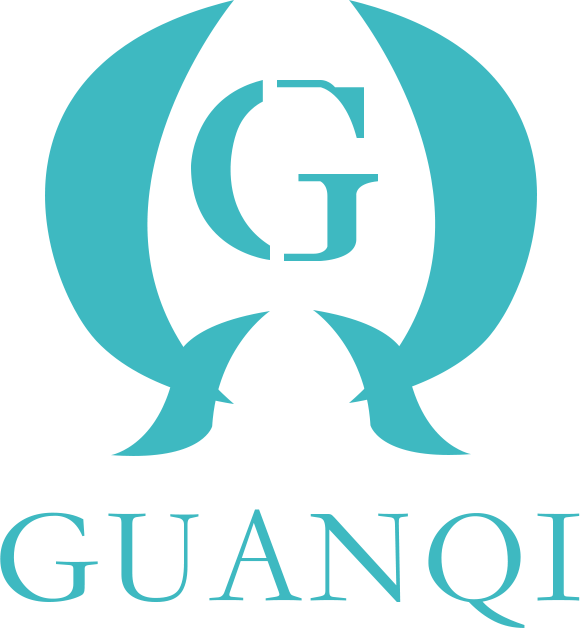Top 5 Features to Look for in an Executive Table: Elevate Your Workspace with the Right Choice
2025-07-28
Top 5 Features to Look for in an Executive Table
Introduction: The Importance of Choosing the Right Executive Table
In today's fast-paced business world, the **executive table** is more than just a piece of furniture; it is a reflection of professionalism, authority, and style. Selecting the right table can significantly impact your workspace efficiency, aesthetic, and comfort. This guide will explore the top five features to look for when choosing an executive table, ensuring that you invest in a piece that meets both your functional and aesthetic needs.
1. Design Aesthetics: Making a Statement
1.1 The Right Visual Appeal
The design of your executive table plays a pivotal role in setting the tone for your office. A table that combines elegance with modern functionality creates an inviting environment for both you and your clients. Look for a design that resonates with your brand identity. For example, a sleek, minimalist design may convey modernity, while a more traditional wooden table may speak of classic elegance.
1.2 Color and Finish
When considering color and finish, think about how these elements will complement your workspace. Dark woods like mahogany and walnut offer a sense of richness, while lighter finishes can create a more open, airy feel. Consider the overall color scheme of your office to ensure your table harmonizes with its surroundings.
2. Size and Proportions: Finding the Perfect Fit
2.1 Dimensions Matter
The size of your executive table should correspond with the scale of your office. A table that is too large can overwhelm the space, while a table that is too small may appear out of place. Measure your office area thoroughly before making a selection. A standard executive table is typically between 60–72 inches long and 30–36 inches wide, but always consider your individual spatial constraints.
2.2 Proportionality with Other Furnishings
It's crucial to ensure that your executive table matches other furniture pieces in the office. This includes considering the height and design of chairs and storage units. A well-proportioned table enhances the overall aesthetic and functionality of your workspace.
3. Quality of Materials: Ensuring Longevity
3.1 Wood vs. Metal vs. Glass
An executive table's material significantly affects its durability and appearance. Solid wood tables are timeless and robust but can be expensive. Metal tables offer a modern edge and durability, while glass tables can create an illusion of space but require more maintenance. Choose a material that aligns with your style and functional needs.
3.2 Finish Quality and Care
The finish of the executive table is essential for its longevity. Look for tables that use high-quality varnishes or lacquers that resist scratches and stains. Additionally, inquire about any specific care instructions to help maintain the table's pristine condition.
4. Functionality and Features: Beyond Aesthetics
4.1 Storage Solutions
An executive table should offer more than just a surface to work on. Built-in storage solutions like drawers, shelves, and compartments can enhance productivity by keeping your workspace organized. Look for a design that incorporates these features without compromising aesthetics.
4.2 Cable Management Systems
In today's digital age, managing cables is crucial for maintaining a clean and professional appearance. Choose an executive table with an integrated cable management system to keep wires organized and hidden from view. This feature not only enhances aesthetics but also minimizes distractions, allowing you to focus better on your work.
5. Ergonomic Considerations: Comfort is Key
5.1 Height Adjustability
Comfort should never be overlooked in your choice of an executive table. Consider options with adjustable height features to accommodate different working styles, whether seated or standing. This flexibility can promote better posture and prevent fatigue during long work sessions.
5.2 Surface Space for Work Activities
Evaluate how much surface area you need for your work activities. An executive table should have sufficient space for a computer, documents, and other essential items. If you frequently hold meetings, a larger surface area can foster collaboration and communication.
Conclusion: Make an Informed Decision for Your Workspace
In conclusion, investing in the right executive table is a crucial decision that can enhance your workspace's functionality, style, and comfort. By focusing on design aesthetics, size and proportions, material quality, functionality, and ergonomic considerations, you can select a table that not only meets your immediate needs but also stands the test of time. A well-chosen executive table will not only elevate your office environment but also reflect your professionalism and commitment to quality in your work. Take the time to consider these features carefully, and you will undoubtedly find the perfect executive table for your unique workspace.
FAQs
1. What is the ideal size for an executive table?
The ideal size for an executive table typically ranges from 60 to 72 inches in length and 30 to 36 inches in width. However, it is essential to consider your office space and the other furniture around it.
2. What materials are best for an executive table?
Solid wood, metal, and glass are popular materials for executive tables. Each offers distinct advantages, so choose one that fits your desired aesthetic and functional needs.
3. Do I need an executive table with storage options?
Yes, having storage options like drawers and shelves can help keep your workspace organized and efficient, making it easier to access essential documents and tools.
4. How important is cable management in an executive table?
Cable management is crucial for maintaining a clean and professional workspace. An integrated cable management system can help keep your wires organized and minimize clutter.
5. Should I consider height adjustability in an executive table?
Absolutely! Height adjustability can promote better posture and comfort, allowing you to choose between seated and standing work styles throughout the day.
Previous page
Previous page:
Recommended news








